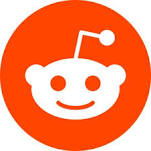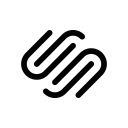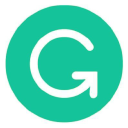
Starting A $1K/Month Side Hustle Selling Washable Paper Wallets
Hello! Who are you and what business did you start?
Hi, my name is Kan Yamamoto, and I am the designer of Kamino Wallet.
Under this brand, I make minimalist, eco-friendly paper wallets out of washable paper.
Washable paper is a kind of material you would find as those labels on the back of your jeans. It is highly durable and even machine washable, which makes it an ideal alternative to leather while maintaining the paper-thin profile.
My wallets help you lighten the load on your pocket and the environment, by getting rid of the bulge and the cruelty of the conventional leather wallets.
The wrap wallet is my best selling product, and it is the best example of how my products stand out in terms of the design. I apply the art of Origami - the traditional Japanese paper folding technique, to bring the full potential out of the material and make the most minimal wallet ever with maximum utility.
I started this project as my side hustle, and since I opened my shop in June 2018, it has grown slowly. Though it is still a tiny business, I enjoy creating useful tools that are loved by many users around the globe.

Download the report and join our email newsletter packed with business ideas and money-making opportunities, backed by real-life case studies.

Download the report and join our email newsletter packed with business ideas and money-making opportunities, backed by real-life case studies.

Download the report and join our email newsletter packed with business ideas and money-making opportunities, backed by real-life case studies.

Download the report and join our email newsletter packed with business ideas and money-making opportunities, backed by real-life case studies.

Download the report and join our email newsletter packed with business ideas and money-making opportunities, backed by real-life case studies.

Download the report and join our email newsletter packed with business ideas and money-making opportunities, backed by real-life case studies.

Download the report and join our email newsletter packed with business ideas and money-making opportunities, backed by real-life case studies.

Download the report and join our email newsletter packed with business ideas and money-making opportunities, backed by real-life case studies.















